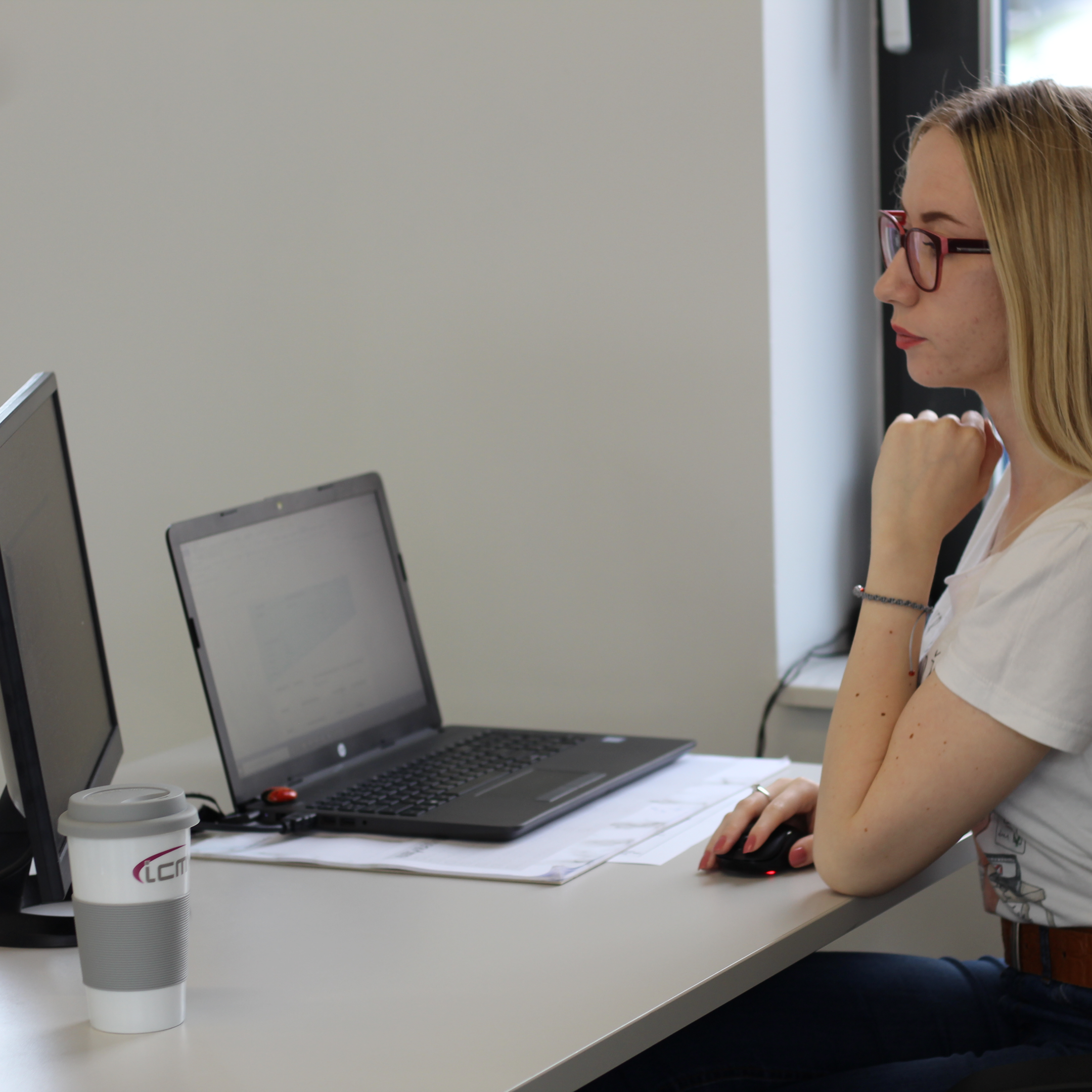Many employees find it uncomfortable to use two monitors at their desk. So it’s no wonder that dual-monitor setups are not as popular as single-monitor setups. However, working with two monitors gives employees the opportunity to be more productive. With additional monitors, you can expand your desktop and get more screen space for your open programs. When you connect multiple monitors to a computer, you can move your mouse back and forth between them and switch programs between monitors as if you had an extra large desktop.
Some examples of using multiple monitors are:
- Coders who want to view their code on one display while the other display is reserved for documentation. You can just take a look at the documentation and look back at your primary work area.
- Everyone must be able to see something. View a web page while writing an email, another document while writing an email, or work with two large spreadsheets with both of them visible at the same time.
- People who need to keep an eye on information while working, such as e-mail, current statistics and the like.
Efficient multitasking requires enough screen space so that multiple applications can be viewed at the same time – a view that individual monitors simply cannot provide on their own. Employees who need computers, such as customer service agents and web designers, would no longer waste time switching between tabs and resizing windows to fit the limited space. You could now focus on doing your job accurately and efficiently.
The improved visibility also reduces the chance of making mistakes and thus wasting more time fixing them. It is much easier to concentrate on the essentials.
But, if you are reading a 100-page PDF file and want to focus on it, you need to be highly focused. For such tasks, two monitors are not only unnecessary, they can be a productivity killer.
Published studies conclude that working with two monitors increases overall productivity by 20-50%. For example, computer programmers can use one screen for source coding and the other for programming. By using two monitors, you no longer have to switch back and forth between the tabs. This reduces errors and saves time to complete further projects.
The added physical size of a dual monitor setup can force users to turn their heads frequently to see the entire screen. Even smaller flat screens take up a lot of space on the desk. Using two monitors at the same time will reduce the amount of space required for other tasks and can make them feel cramped and uncomfortable.
Overall, the use of two screens ultimately results in higher productivity while working and helps employees get things done faster.
